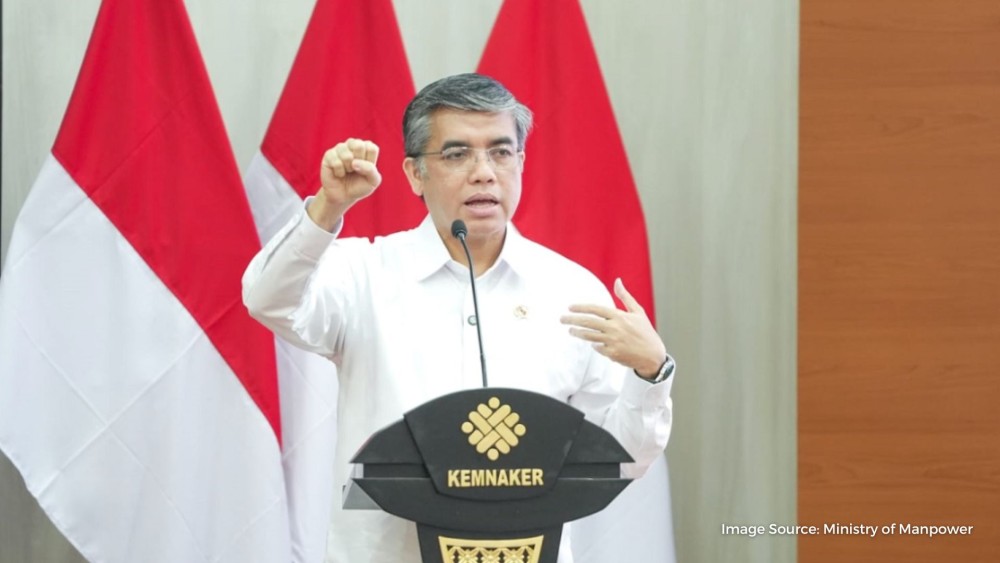Indonesia Records 61 Consecutive Months of Trade Surplus as of May 2025
01 Jul 2025

Statistics Indonesia (BPS) reported that Indonesia continued to record a trade surplus in May 2025. Pudji Ismartini, Deputy for Distribution and Services Statistics at BPS, stated that the surplus for the period reached USD 4.30 billion.
"This trade balance has recorded a surplus for 61 consecutive months since May 2020," Pudji said during a press conference in Jakarta on Tuesday, July 1.
This performance was supported by a non-oil and gas (non-oil) surplus of USD 5.83 billion, mainly contributed by animal or vegetable fats and oils, mineral fuels, as well as iron and steel.
At the same time, the oil and gas trade balance posted a deficit of USD 1.55 billion, with refined oil products and crude oil being the main contributors.
The surplus was also driven by Indonesia’s export value exceeding imports. BPS recorded Indonesia's exports in May 2025 at USD 24.61 billion, an increase of 9.68% compared to May 2024. Meanwhile, imports reached USD 20.31 billion, up by 4.14% year-on-year.
Surplus in Line with Economists’ Projections
Earlier, Bank Permata Chief Economist Josua Pardede projected that Indonesia’s trade surplus in May 2025 would continue. He even predicted a significant increase.
"Indonesia’s trade balance is projected to record another surplus in May 2025, with the surplus estimated to rise significantly to USD 2.29 billion, compared to a modest USD 158.8 million in April 2025," Josua told Katadata.co.id.
Josua explained that this was driven by two key factors: the normalization of trade activities after the Eid al-Fitr holidays, and improved global trade conditions as trade tensions eased following an agreement between the United States and China.
On the other hand, BCA Chief Economist David Sumual projected that the trade surplus in May 2025 would reach USD 4.01 billion, supported by slowing import growth.
He estimated that exports in May 2025 would increase by 5.52% year-on-year and 13.58% month-on-month. Imports, meanwhile, were projected to rise 0.74% year-on-year but decline 5.06% month-on-month.
"Overall, Indonesia’s terms of trade declined compared to the previous month, mainly because CPO prices fell more sharply than oil or coal," David said.
According to big data, both importer spending and exporter receipts slowed, but importer activity dropped more sharply—by as much as 20%.
Citing trade data released by Indonesia’s partner countries, David noted that Indonesia’s import growth slowed much more significantly than export growth, leading to a wider surplus.
This article is published in partnership with Katadata
Original article here






